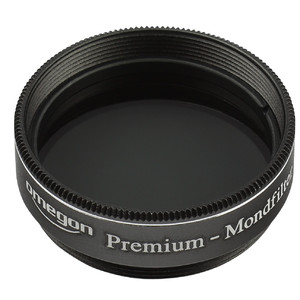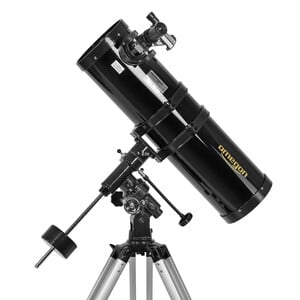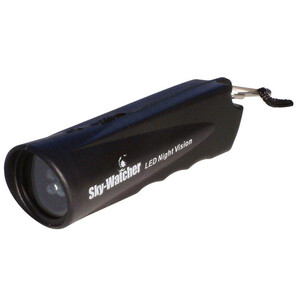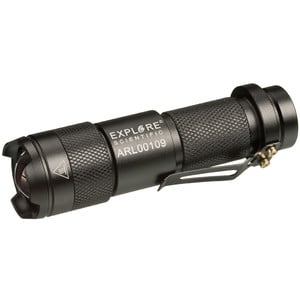A planisphere is a rotating star chart that quickly and easily helps you find out which celestial objects may be observed at your location, at a given date and time. While observing the night sky, our ancestors noticed that it constantly changes throughout the year. Due to the rotation of our planet (around the Sun and around its own axis), what we see on the celestial sphere varies as months go by, and even during the day! This realization led to the creation of a planisphere that allows people to locate the brightest astronomical objects at a specific date and time in future (or past) observations.
How does it work? A planisphere consists of a star chart and a disk, with markings of dates (on the chart) and time (on the disk). After aligning the date and hour on these pieces, you will be able to see the representation of the night sky through the oval window of the disk. You cannot choose a year on the planisphere because the location of the stars remains the same, whether a hundred years ago or a thousand years in the future.
Levenhuk M20 planisphere is designed for 45°-63° north latitude (Seattle is approx. 47° N, Anchorage is approx. 61° N), which means that it shows you only the constellations that can be observed from these coordinates.
Additional information:
- A planisphere shows you the representation of the celestial sphere at a given date and time. Simply align the date on the star chart with the time on the disk (e.g. January 21, 2200 hrs).
- The North Pole is in the center of the chart, with Polaris, or North Star, next to it.
- The star chart depicts stars brighter than third stellar magnitude (the bigger the point, the brighter the star). The brightest stars are indicated by name.
- Both the star chart and the disk are laminated.
It is very easy to use a planisphere, and the information it provides is invaluable for your observations.
Usage: General use product. May be used by kids over 3 years old.






